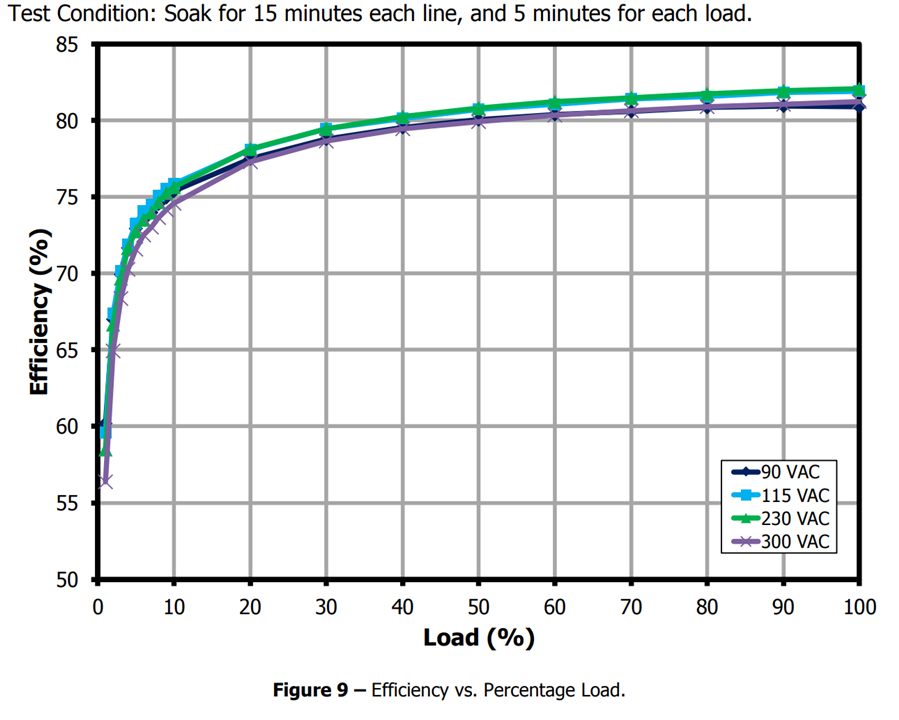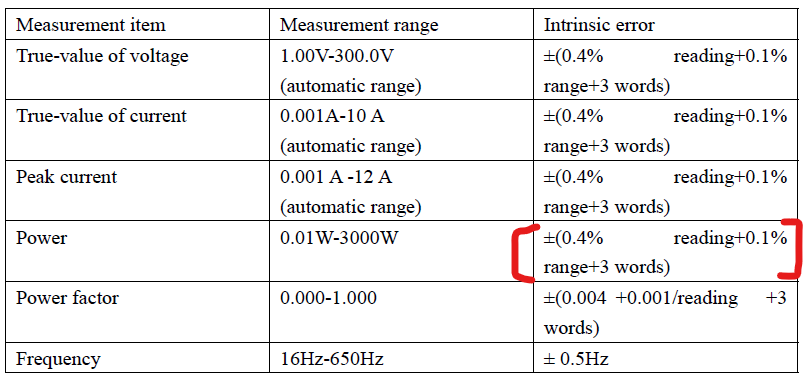Looking for your advice to make an AC power meter.
requirements:
- can handle 240 V
- 50 Hz sinus
- from low power (50 mW) to up to (say) 10 W
- 1% accuracy would be great
bonus:
- power factor
If you know a makeable circuit, or a device that works in that low range, chime in please


